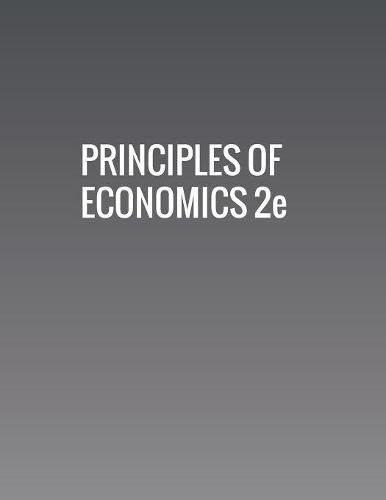
Becky and Sarah are sisters 1who share a room. Their room can easily get messy, and their parents am always telling them to tidy it. Here are the costs and benefits to both Becky and Sarah, of taking the time to clean their room: If both Becky and Sarah clean, they each spends two hours and get a clean room. If Becky decides not to clean and Sarah does all the cleaning, then Sarah spends 10 hours cleaning (Becky spends 0) but Sarah is exhausted. The same would occur for Becky if Sarah decided not to clean—Becky spends 10 hours and becomes exhausted. If both girls decide not to clean, they both have a dirty room.
- What is the best outcome for Becky and Sarah? What is the worst outcome? (It would help you to construct a prisoner’s dilemma table.)
- Unfortunately, we know that the optimal outcome will most liker not happen, and that the sisters probably will choose the worst one instead. Explain what it is about Becky’s and Sarah’s reasoning that will lead them both to choose the worst outcome.
Trending nowThis is a popular solution!

Chapter 13 Solutions
Principles Of Economics 2e
Additional Business Textbook Solutions
Horngren's Financial & Managerial Accounting, The Financial Chapters (Book & Access Card)
Engineering Economy (17th Edition)
Gitman: Principl Manageri Finance_15 (15th Edition) (What's New in Finance)
MARKETING:REAL PEOPLE,REAL CHOICES
Business Essentials (12th Edition) (What's New in Intro to Business)
Financial Accounting, Student Value Edition (5th Edition)
- I need expert handwritten solutionsarrow_forwardmachine A operated manually cost 2000naira has a life of 2 years, while an automatic machine B cost 5000naira but has a life of 4 years,operating cost for machine A is 4000naira per year while of machine B is 3000naira only, which should be purchased?consider 10% interest I need expert handwritten solutionsarrow_forwardDon't used Ai solutionarrow_forward
- not use ai pleasearrow_forwardUse the following table to work Problems 5 to 9. Minnie's Mineral Springs, a single-price monopoly, faces the market demand schedule: Price Quantity demanded (dollars per bottle) 10 8 (bottles per hour) 0 1 6 2 4 3 2 4 0 5 5. a. Calculate Minnie's total revenue schedule. b. Calculate its marginal revenue schedule. 6. a. Draw a graph of the market demand curve and Minnie's marginal revenue curve. b. Why is Minnie's marginal revenue less than the price? 7. a. At what price is Minnie's total revenue maxi- mized? b. Over what range of prices is the demand for water from Minnie's Mineral Springs elastic? 8. Why will Minnie not produce a quantity at which the market demand for water is inelastic?arrow_forwardDon't give AI generated solution otherwise I will give you downward Give correct answer with explanationarrow_forward
 Principles of Economics 2eEconomicsISBN:9781947172364Author:Steven A. Greenlaw; David ShapiroPublisher:OpenStax
Principles of Economics 2eEconomicsISBN:9781947172364Author:Steven A. Greenlaw; David ShapiroPublisher:OpenStax Principles of MicroeconomicsEconomicsISBN:9781305156050Author:N. Gregory MankiwPublisher:Cengage Learning
Principles of MicroeconomicsEconomicsISBN:9781305156050Author:N. Gregory MankiwPublisher:Cengage Learning Exploring EconomicsEconomicsISBN:9781544336329Author:Robert L. SextonPublisher:SAGE Publications, Inc
Exploring EconomicsEconomicsISBN:9781544336329Author:Robert L. SextonPublisher:SAGE Publications, Inc Economics (MindTap Course List)EconomicsISBN:9781337617383Author:Roger A. ArnoldPublisher:Cengage Learning
Economics (MindTap Course List)EconomicsISBN:9781337617383Author:Roger A. ArnoldPublisher:Cengage Learning






